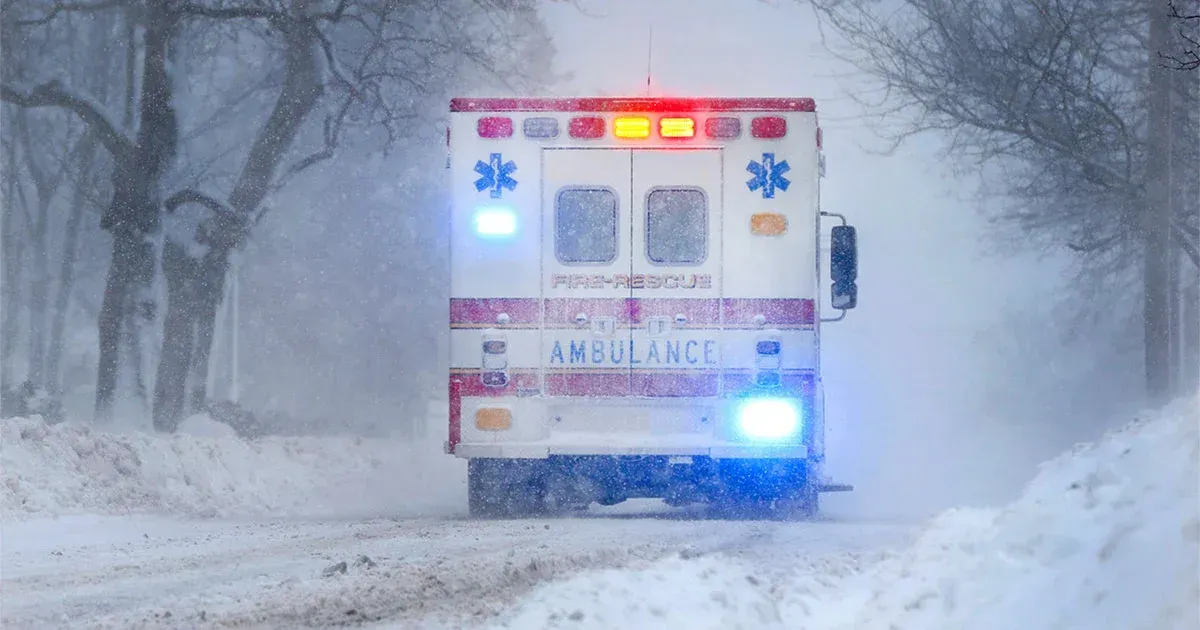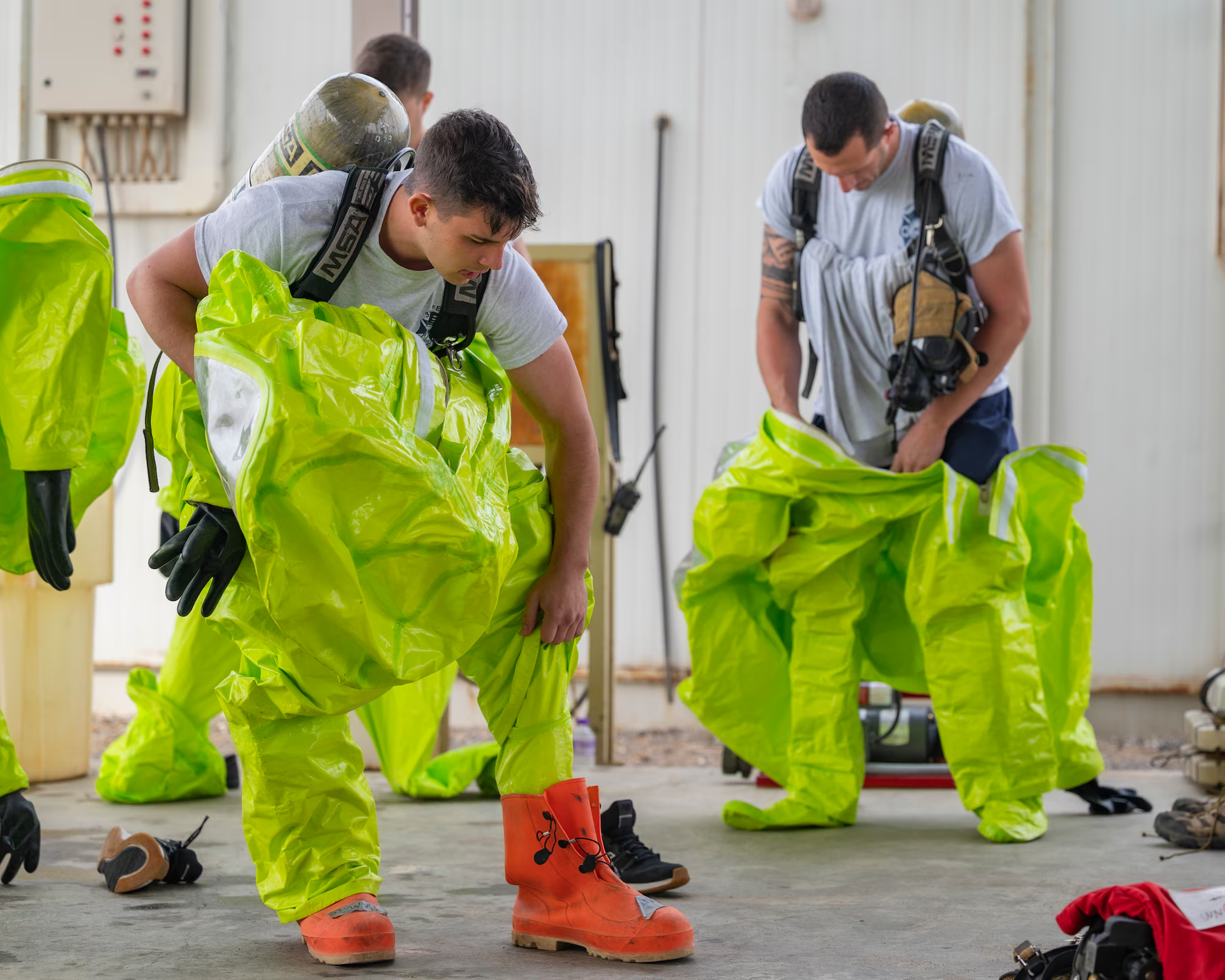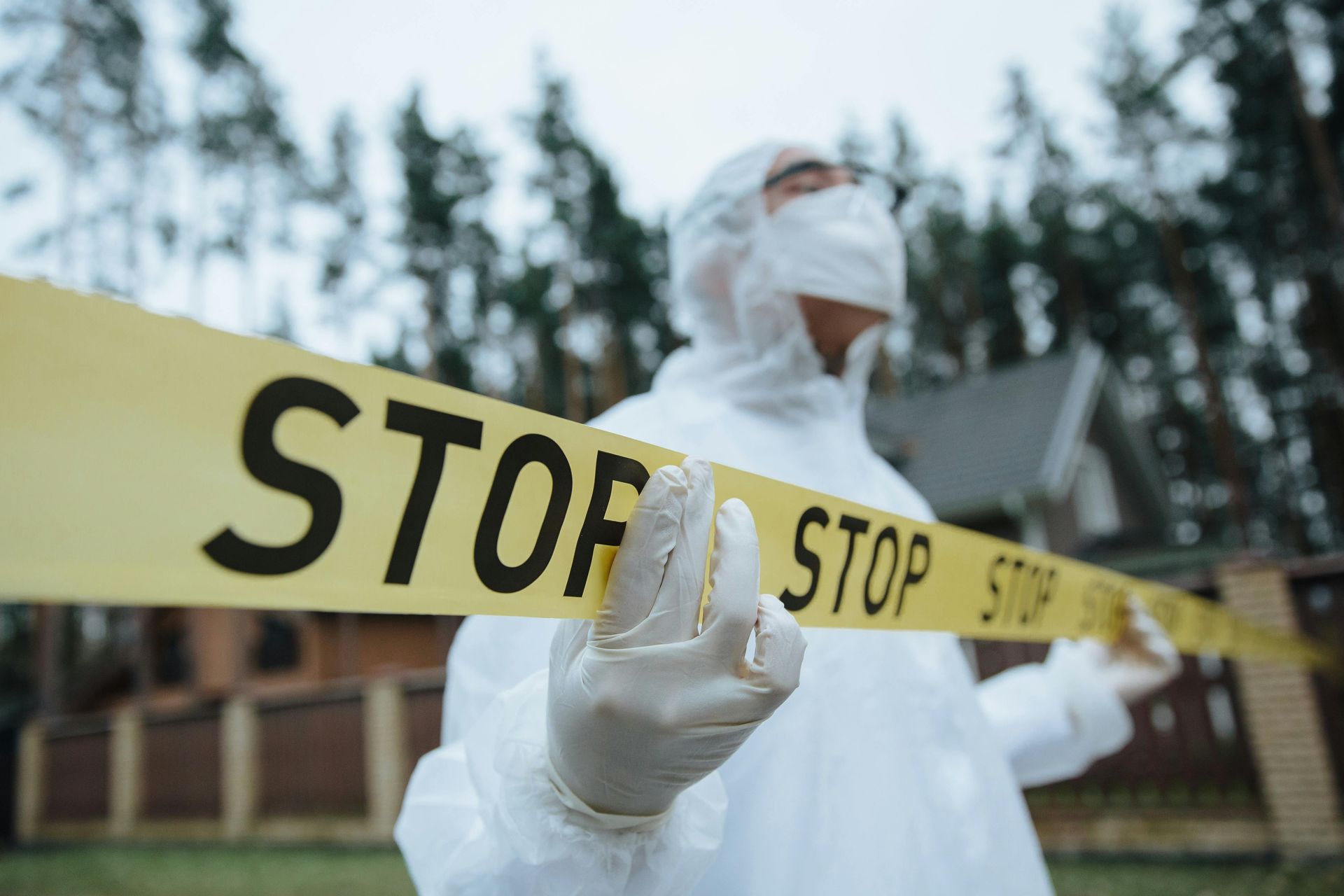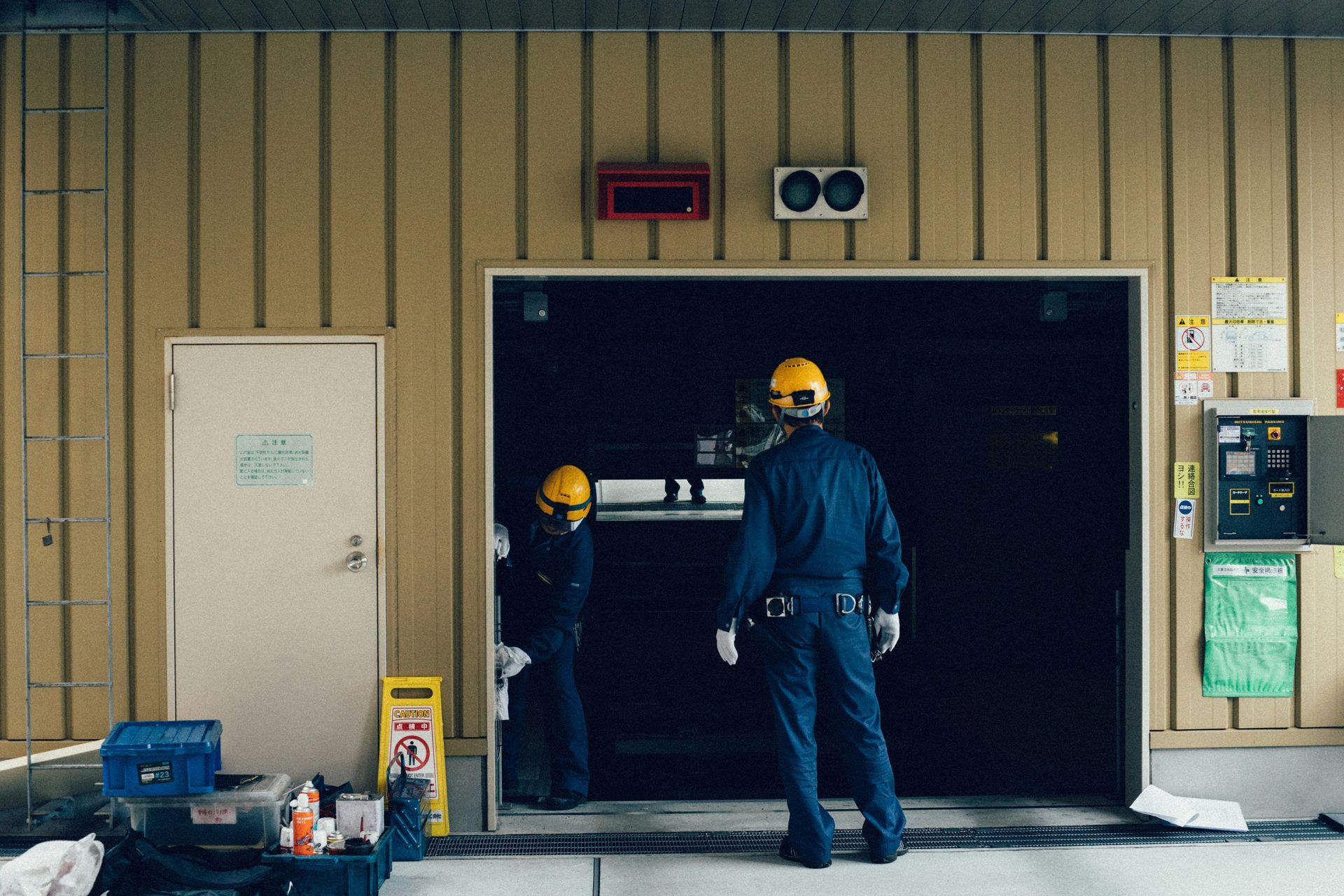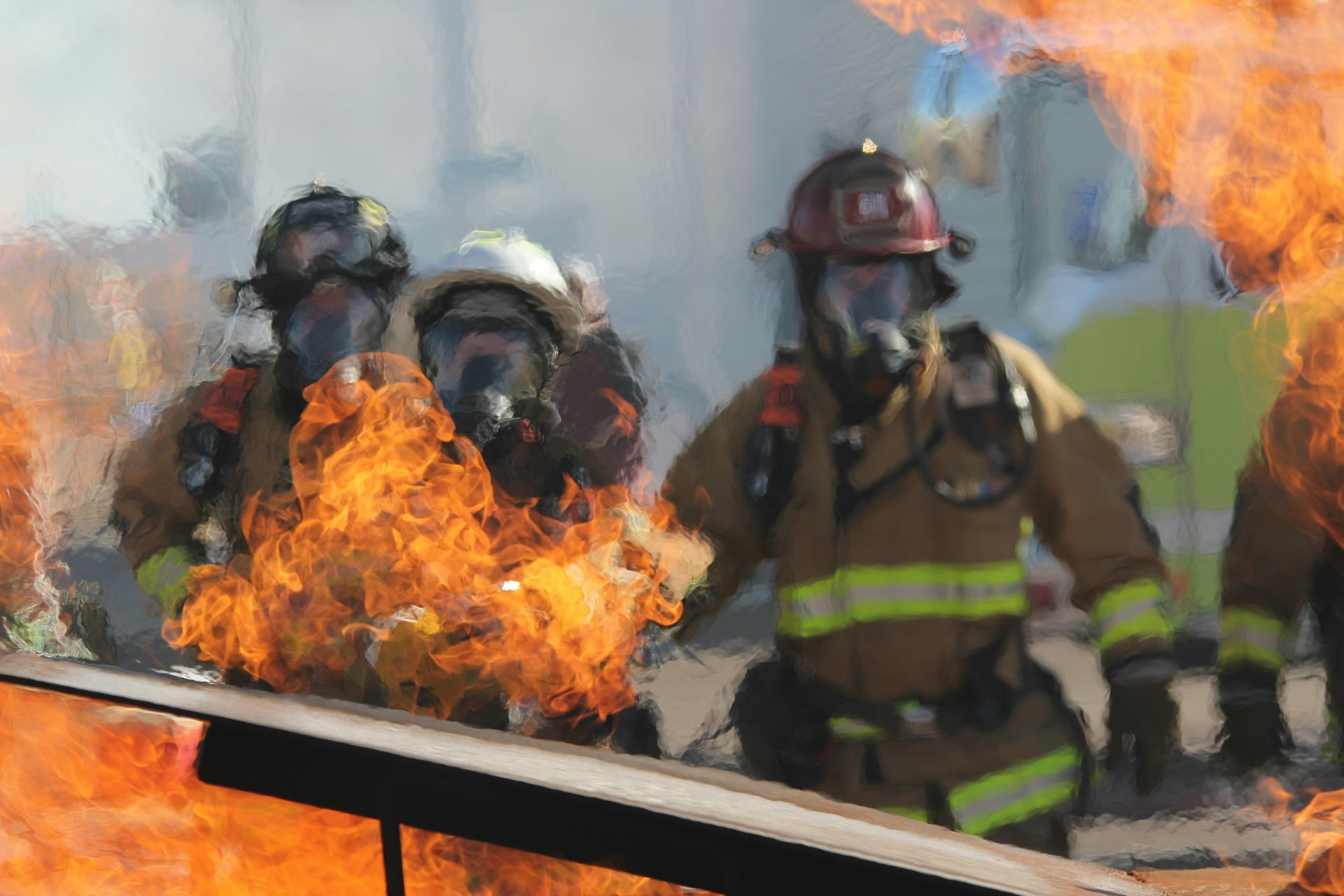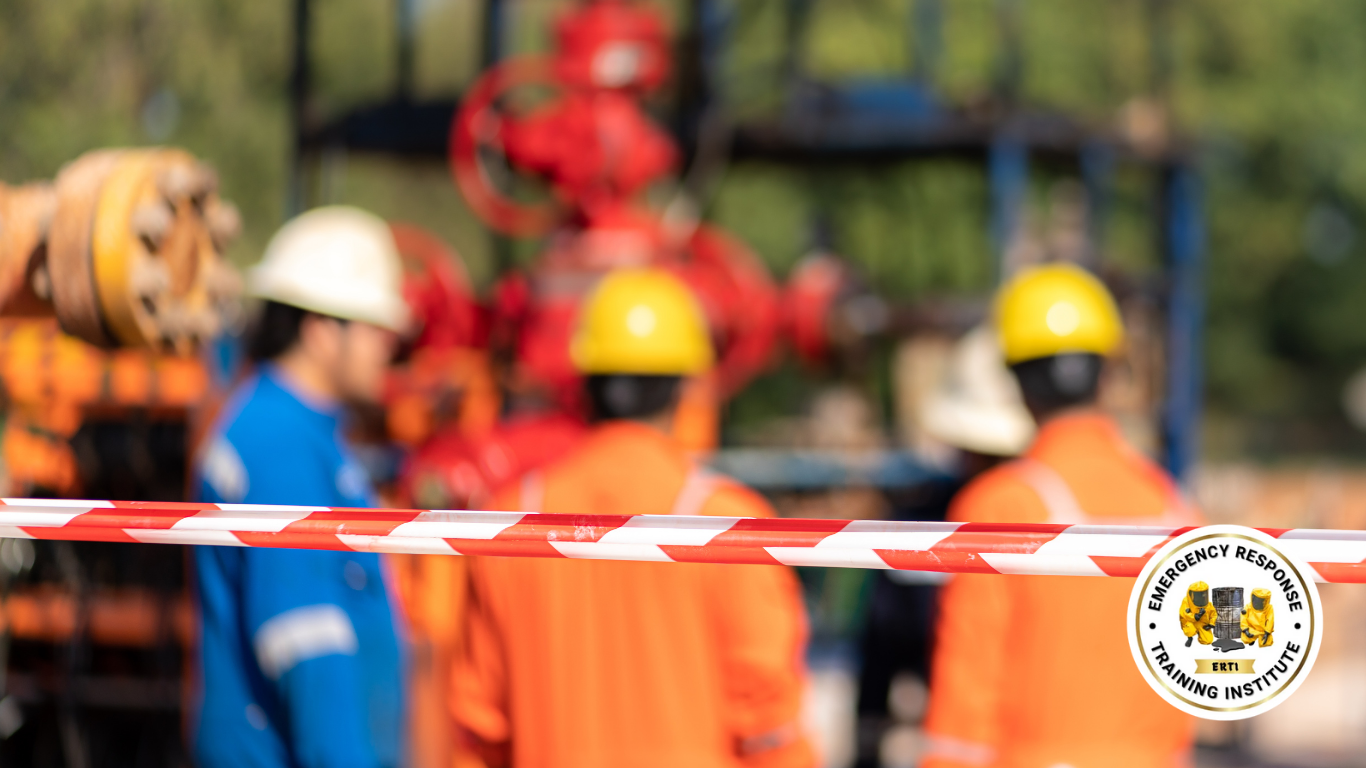The safe handling of hazardous materials is vital to ensure the health and safety of everyone involved.

As the owner of a business that deals with hazardous goods, you know how important it is to maintain the highest safety protocols. It is crucial to ensure that the hazardous goods are shipped safely, to protect not only your employees but also customers and the environment. In shipping, there are certain guidelines that need to be followed, which we will walk you through in this blog post. By keeping up with these safety protocols, you will not just protect your business, but also maintain your reputation as a responsible corporate citizen.
Train Your Employees
Proper training is key to keeping your employees safe as they handle hazardous goods. Train them in the latest safety guidelines, ensure compliance with them and teach them the types of protective gear they need to wear while handling the hazardous items. It is also important to recognize hazardous items and act correctly in case of an emergency.
Proper Packaging
Packaging of hazardous materials is key to ensuring their safe transport from one point to another. Best practices include ensuring that hazardous materials are secure in their containers and there is no chance of them spilling. Keep in mind that if the contents are not packaged correctly, it can lead to accidents or emergency situations.
Follow DOT Guidelines
The Department of Transportation (DOT) has regulations in place that are designed to protect those handling the hazardous goods, the environment and the general public. These guidelines are aimed at ensuring the hazardous items are handled in the best possible way, and all rules and regulations are strictly followed by those shipping hazardous materials.
Consult the SDS
A Safety Data Sheet (SDS) provides information on any chemical hazards in your hazardous cargo and details the risks involved. It is vital that SDS documents be up to date and readily available for anyone who needs to handle the hazardous material.
Choose a Qualified Shipping Company
You need to partner with well-known shipping companies that have a history of successfully transporting hazardous goods. Ensure that the shipping company you choose has experienced personnel and equipment that meet all the safety protocols for hazardous material transportation.
As a business owner, it is your responsibility to train your employees on safety protocols, properly package the hazardous goods, and keep up with DOT guidelines. Remember, proper packaging keeps not only your staff safe, but also customers and the public. And always consult an updated SDS document and choose a shipping company that has a reputation for meeting all safety regulations. By incorporating all these measures into your hazardous goods shipping processes, your business will remain secure and safe, and you’ll maintain your reputation as a responsible entity.


